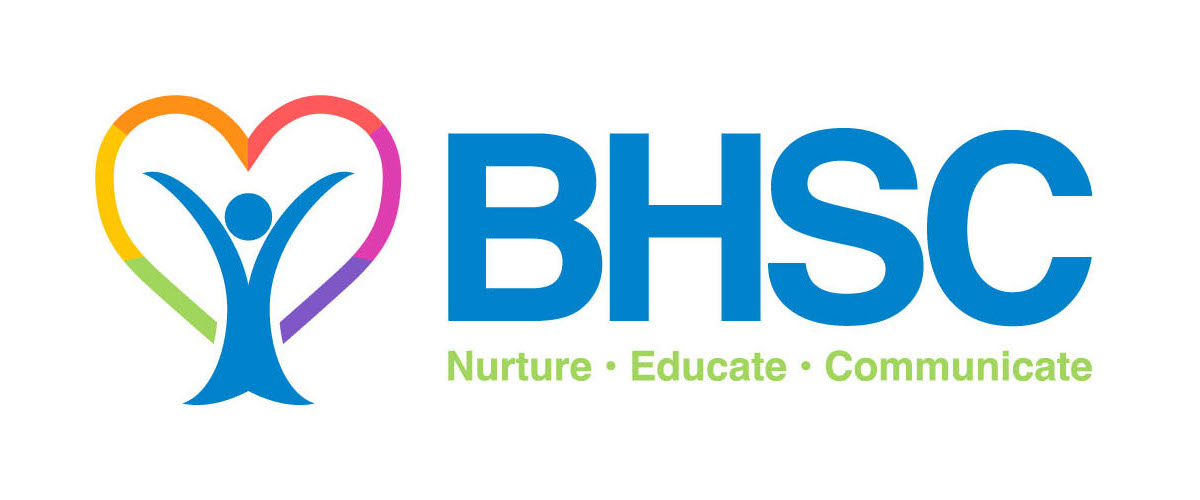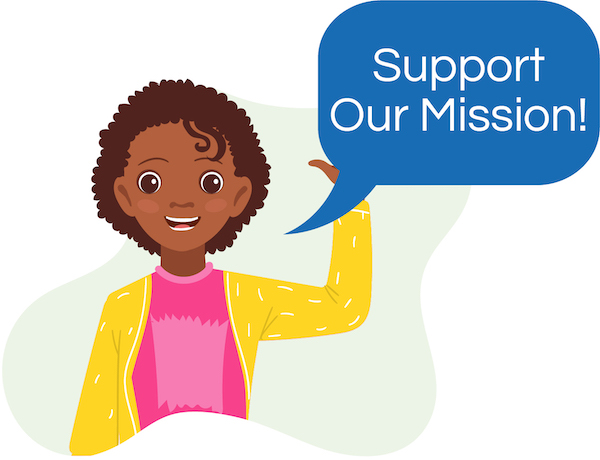April is Autism Awareness Month and April 2nd is acknowledged as World Autism Awareness Day. The date was created to help make people aware of what autism is and how parents can navigate what are sometimes very difficult “helping” systems to get their child the services they need to live healthy, typical lives.
This disorder is found in so many children today. Far too many families are experiencing the ups and downs of daily life with a child on the spectrum, while searching for education and therapies in a lifetime of daily planning.
This prevalence of autism deserves our attention, education, compassion, empathy and support not just on one month or one day per year- but should be acknowledged every single day of the year!
In many respects, autism is not only difficult for the child (or young adult) but it also has tremendous impact on the parents and family as well.
I have talked with literally hundreds of parents of children with autism and I always come away deeply appreciating how loving and caring they are- as well as having great empathy for what they go through 24/7 in caring for their child’s needs and the behavioral/emotional impacts they bring to the household.
The best advice I have for parents navigating autism identification and treatment on behalf of their child is to seek to identify the condition as early as possible and begin services as soon as you can. The one thing we do know about autism at this point is that early identification and intervention can help open up children and equip them with the social skills, verbal skills and emotional regulation they need to function in their community school settings.
At Buffalo Hearing & Speech Center (BHSC) we offer Birth-3 Early Intervention Diagnosis, Assessment and Intervention, 3–5 yr. old Pre-School Autism intervention and educational programming and a K-3 School Aged Program- as well as clinic based Social Communication programs for school aged children and young adults on the autism spectrum. We follow and use a particular philosophy of intervention called DIR/Floortime, also known as the Greenspan Approach.
Over 30 years ago when I was a young (and not too smart) clinician I was working with emotionally disturbed adolescents. At that time I had come across what in my mind was a sentinel book about working with aggressive children called “The Challenging Child: Understanding, Raising, and Enjoying the Five “Difficult” Types of Children” written by psychiatrist, Stanley Greenspan.
I thought it was the most significant text I had ever read in helping me understand how to work with different types of children. Over the years, I attended seminars that Dr. Greenspan conducted and in those days before PC’s and the internet.
I actually picked up the phone and called him many times to ask his sage advice on how to handle some of my patients. I learned very much from Dr. Greenspan and to this day his thoughts shape the way I think when trying to teach new clinicians how to understand and work with difficult children.
When the BHSC work development team was designing our autism program I brought them research on DIR/Floortime. Many of them knew of it and we were all more than comfortable that the developmental approach it took to helping children with autism was very consistent with our philosophy around Early Intervention with children.
In addition, while the field of autism intervention is presently dominated by an approach called Applied Behavior Analysis (ABA), we wanted to present parents with a choice of treatment options that were evidence informed.
We knew that all autistic children were not nice round pegs fitting into nice round holes. Autism presents with many variant manifestations and intensities of symptoms along the continuum of the disorder. In addition to providing choices for parents in intervention options, we wanted to acknowledge that parents know their child the best.
We have been following the Greenspan Approach for over 8 years in our specialized Pre-K Classrooms for children on the autism spectrum. During this time, we have seen hundreds of children leaving our programs and entering less restrictive education environments in their home school districts. We have witnessed so many early non– verbal children learning to speak and communicate.
I remember an experience I had about a year ago with a mom who was in our parking lot sitting in her car crying, I asked her if she was alright and was there something I could get her- She looked at me and said she just dropped her 4 year old daughter off for her BHSC school program- and as she left the classroom her daughter said “Mommy, I love you” -those were the first words she ever heard her daughter verbally express.
April is Autism Awareness Month…But, every day is Autism Awareness Day in a home with an autistic child. It affects 1 in every 54 children in America (with boys being 4 times more likely to be identified as being on the autism spectrum). I can promise you that while autism is not immediately visible, it does not discriminate.
Please support children, parents and families living everyday with autism and help them feel not so isolated and alone. I will leave parents with a quote that always centers me as I think about the impact of raising your beautiful child who just happens to be differently abled – “Raising children with special needs is heavy and so are the emotions that come with it. Don’t let anyone take that away from you. You don’t need to put that extra layer of guilt on yourself because you’re not feeling the way you or others think you should feel” Amy Mattson, Beyond the Diagnosis
I invite you to call BHSC, or visit www.askbhsc.org to learn more about our innovative and compassionate programs helping children with autism- while supporting parents to help improve the life of their child.
“Autism is not a disability, it’s a different ability” –Stuart Duncan
Be well, joe cozzo




